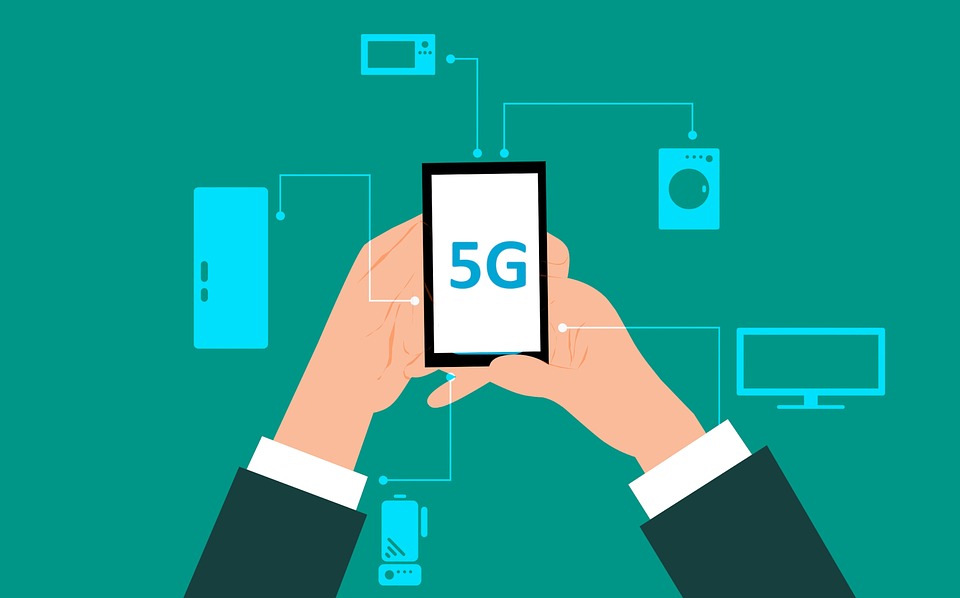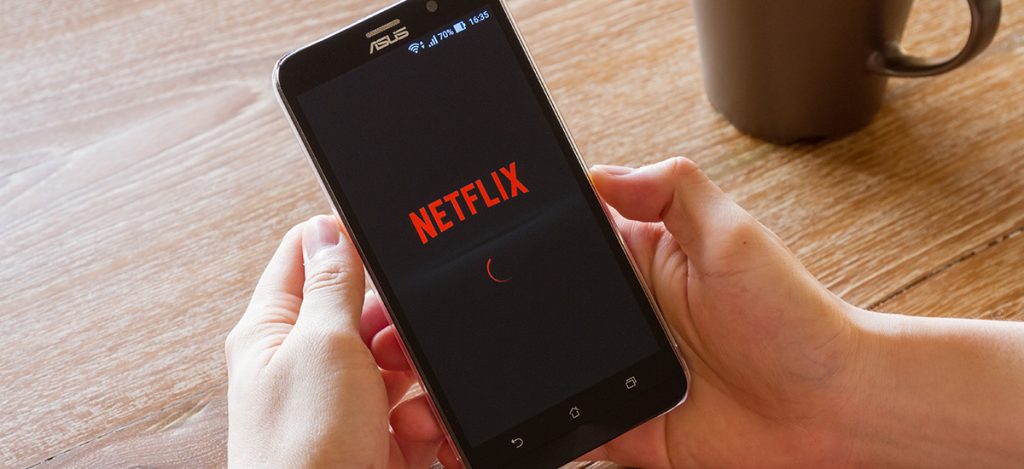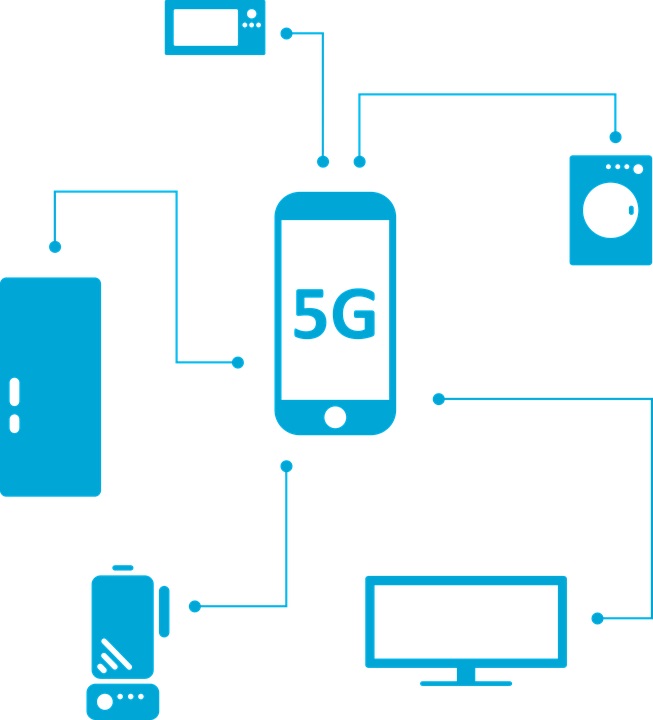Latest News
What to expect from 5G
By Harry Brown |
30th June, 2019 |
Categories: android, apple, iphone, mobile phone

Let’s just remind ourselves how far mobile technology has come over the past few decades. Back in the day, 1975 to be precise, the first ever mobile phone call was made. Since then, we have fast-forwarded through various iterations of data transfer protocols, all with increasing speeds, well up to the 2000’s.
Throughout the noughties, speeds of data delivery kept increasing. Believe it or not, and there is documented evidence, downloading an HD film with 3G use to take 4 days, 2 hours and 22 minutes. With 4G+, it takes around 11 minutes and with 5G, it will plummet to 13 seconds. With an audio file (for example, a song), it will drop from 4 minutes 11 seconds (3G) to under a second (5G).
In comparison with current networks (which primarily use 4G and 3G technology), 5G is going to revolutionise our expectations about how long it will take to transfer information. Additionally, it will be much more reliable and have greatly enlarged capacity. So, it’s a given that with 5G, download and upload speeds will be exponentially improved. It will be a “massive breakthrough that’s going to change the way devices connect to the internet and… to each other.”
So let’s take a closer look at what we can expect from 5G and how you can protect your super-fast mobile with iPhone insurance.
What is 5G and why is it important?
5G means ‘5th Generation’, the latest upgrade to the set of internationally-agreed standards which define how mobile handsets should work. These rules cover every aspect of the mobile communications infrastructure, including the frequency at which radio waves should travel, how cell towers verify which devices they are connecting with and which bandwidth can be used to transmit the signal and data. These critical factors, (where a unified decision is required for the upgrade from existing 4G protocols to go ahead) were decided for 5G in May 2018.
This fifth generation of internet connectivity has been trailed extensively in the UK by all the major network carriers. We can look forward to much, much faster data download and upload speeds and more extensive coverage throughout the country.
The key is to use the radio spectrum more intelligently and enable far more devices to access the mobile internet at the same time. Spectrum is the blood flowing through the veins of mobile networks. Smartphones use up to 24 times more data than the old, ‘traditional’ mobile phones, and tablets can use 122 times more data. Evidently, we need a lot of spectrum! So where can we get it from?
In April 2018, an auction was held in London to sell off the rights to spectrums (bandwidth for usage in 5G networks). The biggest UK mobile operators vastly exceeded expectations in what they were willing to spend to secure spectrum space (bandwidth). That shows how important they consider 5G to be in relation to their long-term strategies.
Why latency is the key
The definition of network latency is basically how much time it takes for a data packet to travel from one end of a route to the other. Or to put it very simply, the amount of delay between the sending and receiving of information. On a conventional mobile phone network, latency can be measured by sending a data ‘package’ which is then returned to its origin (the sender); the time taken for that round-trip is the latency.
One of the single biggest benefits of 5G will be much lower latency. Even with something as powerful as 4G standards, there is still something of a delay between issuing a request, for example, to load a news website, and the satisfactory delivery of the response. The precise latency time for 3G was roughly 65ms (milliseconds), while advanced 4G clocks in at approximately 40ms. When it comes to the “superfast” fixed broadband connections we’re offered by some providers UK these can achieve a speed between 10 to 20ms.
Grand claims are being made for 5G, with the promise of 1 millisecond latency for what are known as “mission-critical” applications and the Internet of Things. The target for broadband services for mobile device owners is 4ms. This single feature of 5G networks will open opportunities for enhanced products and services such as driverless cars, remote robotics, and advanced virtual reality applications which are, at present, hampered by lack of speed of connection.
Therefore, although all this talk about latency sounds rather ‘tech-y’, when you’re looking for a new network provider, it’s one of the questions you can ask to show them you’ve done your research! Additionally, you need to consider that some operators are less likely to be capable of providing the kind of latency you need for your graphics-rich gaming, audio-streaming and video-heavy digital world.
How fast will 5G be?
When it comes to mobile networks, we want to be able to do a lot on them and not wait around while we could be doing other things. The most important benchmark we look at is speed. With 4G, factors like where we are and how data-hungry the activity we are carrying out is still play a part in determining whether we get a bad service or a good one. Because 5G will be faster than all its predecessors – 10 times faster than 4G LTE – there should be far fewer interruptions or glitches connected to speed.
The table below gives details about top and average speeds of the evolution of best versions across various networks.
| Which Generation? | 2G | 3G | 3GHSPA+ | 4G | 4G LTE-A | 5G |
| Maximum Speed | 0.3 Mbps | 7.2 Mbps | 42 Mbps | 150 Mbps | 300Mbps-1GBps | 1-10 Gbps |
| Average Speed | 0.1 Mbps | 1.5 Mbps | 5 Mbps | 10 Mbps | 15-50 Mbps | 50 Mbps Upwards |
Mbps = Megabytes per second
GBps = Gigabytes per second
3G HSPA+ = High Speed Download/Upload Packet Access (enhanced)
4G LTE-A = Long-Term Evolution – Advanced
Streaming with 5G

When you travel on the bus or a train nowadays, the number of people listening to music or streaming their favourite programmes or films makes it crystal clear how much we take wireless streaming media for granted. Download speed is important to streaming, but sometimes, quality has been the issue. The better the sound and/or video quality the more information you are receiving. 5G helps greatly in this respect because;
- It will be inherently more stable
- It can transfer greater volumes of data at a greater speed
So, with a 5G-enabled phone, you’ll have the bandwidth to handle it and ensure a seamless viewing experience. With 5G we should (in theory) be able to stream the highest quality content without a hitch. For instance, Netflix recommends a minimum download speed of 25Mbps to watch a 4K UHD video. 5G will handle this without the slightest problem.
Therefore, the little revolving ‘buffering’ icon or sudden screen-freeze should become things of the past, to be remembered with wonder and incredulity, just as the older baby-boomers among us remember the quaintness of dial-up modems.
Greater capacity
5G accesses more spectrum and at higher frequencies. The higher the frequency, the greater the capacity of a network to manage high-demand applications simultaneously. In fact, users in isolated rural areas will be heartened to hear that home and business fixed broadband operators are also mulling over whether to use 5G to better serve customers living in areas which have been notoriously difficult to reach with traditional fixed-line infrastructure or cable.
As things stand, the quality of your connection using 4G relies on the number of other mobile devices around you who are using the same signal. In any given area, there’s only a finite amount of bandwidth capacity. This explains why you can’t get a signal at very busy times, such as midnight on New Year’s Eve, or at specific events like outdoor festivals.
With 5G, this annoying phenomenon won’t happen so much since it will have far greater headroom (the amount when the handling capabilities of a network exceed a designated level) and a capacity to intelligently ‘scale’ data according to individuals’ specific requirements at any given moment.
Network slicing
5G will be greatly more intelligent and flexible than its predecessors, and nothing exemplifies this more than network slicing. This capacity allows for the creation of separate, individual virtual networks to be constructed within the larger-scale physical network environment. That gives new life to the Mobile Virtual Network Operators (MVNOs) who will be capable of entering the market, widening competition and perhaps even bringing down the cost of mobile plans.
Network slicing will also allow companies to have what will essentially be their own private networks, completely customised to their requirements. Moreover, a greater number of jobs and processes can be automated with 5G, because it will have the speed, capacity and latency required. Not necessarily such good news for those currently employed in certain professions, but progress marches on!
Benefits for employees and businesses

5G won’t only benefit consumers but will also impact businesses in big ways. Workers will be able to:
- Work remotely more easily.
- Be ‘present’ in the virtual sense. UHD4K video, Augmented Reality, Virtual Reality and even holographic calls will all become reality.
- Be more productive, as it won’t be necessary to travel so often.
- Travel 5G could speed that up too, thanks to smart, automated modes.
- Operate machinery and devices remotely.
5G could also better connect rural communities, opening more opportunities for businesses in these regions. 5G could even create the conditions for entirely new products and industries that simply aren’t feasible with 4G. 5G could create 22 million jobs, and lead to the production of £9.3 trillion of goods and services by 2035, according to Qualcomm data (2017). And, as the Guardian points out: “Over the next few years it should become even faster, as the technology matures.”
The Internet of ‘Things’ (IoT)
According to research by Cisco Systems, the San Francisco-based tech services giant, by 2030, there could be around half a billion devices connected to the internet. From household gadgets to smart watches, tablets, healthcare devices, virtual reality headsets and actuators (devices which prompt other machines to operate).
It’s no longer science fiction to say we are looking at a fast-approaching world of internet-connected driverless cars, home appliances, delivery drones and lightening-speed video on the train or bus.
How will 5G improve mobile network coverage?
5G is in the UK but is still relatively limited in its availability. Right now, some high-end devices are 5G-ready (the Galaxy 10+ and Huawei P30 Pro, to name two) but one sure sign that 5G isn’t quite set for market domination is that Apple isn’t planning its launch of the 5G iPhone until 2020.
At present, it’s the large providers on the market who decide which areas get coverage or not (they usually claim around 98% coverage across the UK). In fact, this is really a business decision, where the large companies have to do a cost-benefit analysis to measure the cost of multiple new cell towers against user revenue.
However, the 5G technology upgrade permits the use of base stations which are a great deal smaller than previously – as small as a mini-bar in a hotel room, apparently – and as a result, these new masts can be situated in places which would have been totally impractical before. In built-up areas like city centres, it would be feasible to have a mast on every lamp-post; while in rural areas, it makes it possible to locate these mini-masts where they are not a blight on the landscape.
Should I buy a 5G phone now?

The question you need to ask yourself is “Do I need a 5G phone right now?” It seems that in the UK, plenty of people have already taken up the offer of 5G, according to the news. As the system rolls out, the dust settles and 5G usage becomes ubiquitous, the price of phones, gadgets, appliances and items that are IoT-connectable to 5G will inevitably come down.
When is 5G coming?
5G is being launched in the UK during 2019 by the four main mobile network operators – EE, Vodafone, O₂ and Three and they are wheeling out their celebrity endorsers to show us just how special this is. However, widespread availability of 5G, where most consumers can access it with ease is still some way off.
Insure your super-speedy device with iPhone insurance
As 5G rolls out across the UK, more and more people will be buying 5G-enabled devices, wearables (like the Apple watch and others), iPads, Alexa and Google voice-activated speakers, and a very long list of gadgets and gizmos. It’s the high-end products that are 5G-ready now, so if you get a smartphone upgrade, you will probably be spending a significant amount.
A sophisticated phone needs sophisticated iPhone insurance because the last thing you want is to be deprived of your 5G services and speed because you’ve had a mishap with your device. Contact us and we’ll guide you to the iPhone insurance cover which best suits your needs.


